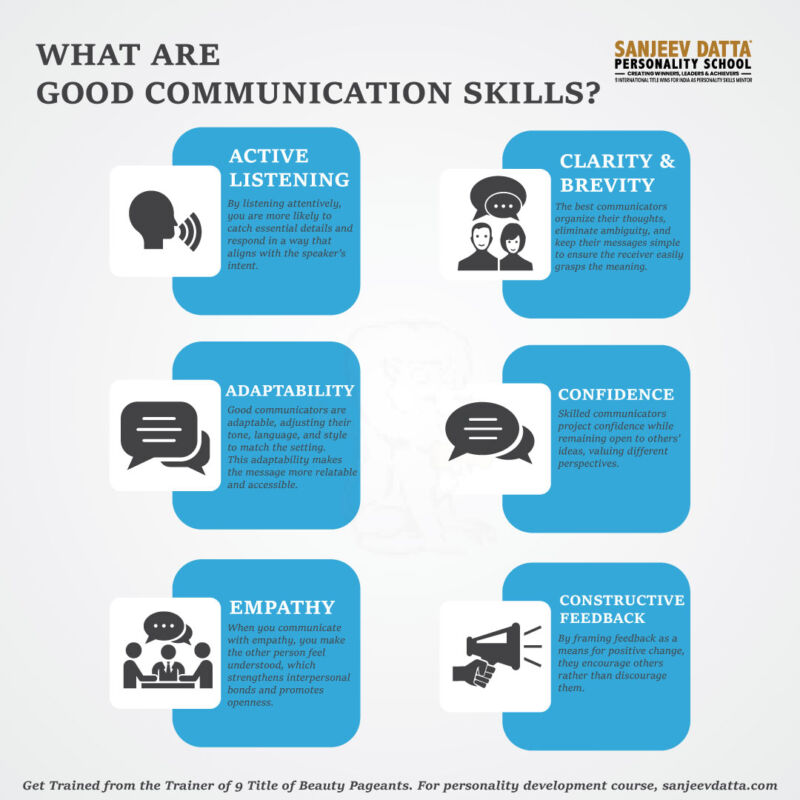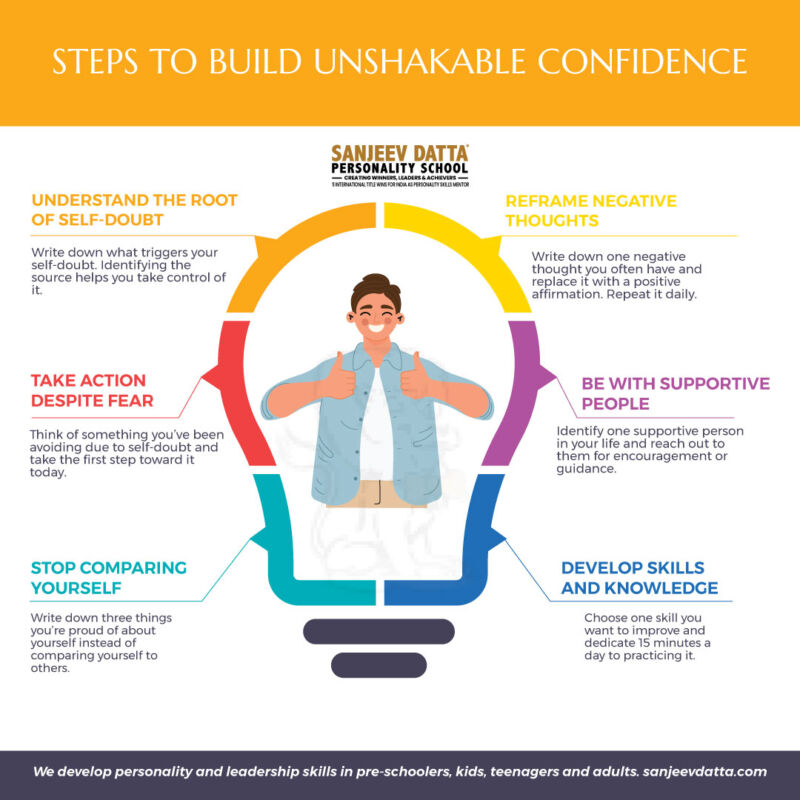In today’s rapidly evolving and fast‐paced world, effective communication is more important than ever. Yet, many of us struggle with truly connecting with others, often getting caught up in reactive responses, distractions, or misunderstandings. The solution lies in adopting deliberate, intentional communication practices that foster deep understanding and genuine connection. This article outlines practical and proven ways to practice mindful communication that can transform your interactions at work and home. Whether you’re looking to build stronger relationships, enhance your leadership skills, or simply become a better listener, these actionable strategies will empower you on your personal development journey.
This comprehensive guide, is designed to be informative, interactive, and rooted in research-backed techniques. It provides practical exercises, reflective questions, and real-world examples to help you implement mindful communication every day. Throughout, we emphasize that there are numerous ways to practice mindful communication—a practice that not only improves how we share and receive information but also profoundly impacts our overall well-being and relationships.
Understanding Mindful Communication
Mindful communication is the practice of engaging with others in a deliberate, focused, and thoughtful manner. It goes beyond simply talking or listening; it involves being fully present, aware of your emotions, and conscious of how your words and actions affect those around you. Mindfulness in communication means avoiding the pitfalls of multitasking, rushing, and reacting impulsively. Instead, it prioritizes genuine connection through empathy and reflective listening.
At its core, mindful communication invites us to slow down and give our undivided attention to the conversation at hand. By doing so, we create a foundation for deeper understanding and meaningful relationships. This practice is crucial in today’s era, where constant distractions—from smartphones to endless notifications—can fragment our focus and dilute our interactions.

Key Components of Mindful Communication
To truly master mindful communication, it’s essential to understand its core components. Here are the five main elements that form the foundation of mindful dialogue:
1. Presence
Presence is the act of being fully engaged in the moment. When you are present, you set aside distractions and focus entirely on the person you are communicating with. This creates an environment where meaningful exchanges can occur.
2. Empathy
Empathy is the ability to understand and share the feelings of others. It is a critical component of mindful communication as it allows you to connect with the emotional state of your interlocutors, building trust and rapport.
3. Active Listening
Active listening goes beyond simply hearing words—it involves fully comprehending the message, reflecting on the content, and responding thoughtfully. Techniques like paraphrasing and asking clarifying questions are vital in ensuring that you truly understand what the other person is conveying.
4. Self-Awareness
Self-awareness involves being conscious of your own emotions, biases, and triggers. This awareness allows you to manage your reactions and communicate in a balanced manner. By understanding yourself better, you can tailor your communication to be more effective and considerate.
5. Clarity and Honesty
Clear and honest communication minimizes misunderstandings and fosters transparency. Straightforwardly expressing your thoughts and feelings, while also considering the perspective of the listener, creates a more effective and respectful dialogue.
Empower yourself and your team with the skills to overcome communication challenges—join our comprehensive personality grooming classes now and take the first step toward a more connected, effective workplace!

Why Practicing Mindful Communication Matters?
Mindful communication is essential because it directly impacts every aspect of our lives—from work to personal relationships. The benefits include:
- Enhanced Relationships: When we communicate mindfully, we build stronger, more trusting relationships, whether with colleagues, friends, or family.
- Improved Problem Solving: Mindful communication leads to clearer understanding, enabling more effective conflict resolution and innovative solutions.
- Increased Productivity: In the workplace, mindful interactions reduce misunderstandings and errors, leading to a more efficient, collaborative environment.
- Better Emotional Regulation: Practicing mindfulness helps manage stress and emotions, fostering resilience during challenging situations.
- Personal and Professional Growth: Mindful communication promotes self-reflection and continuous improvement, essential for long-term development.
When teams practice mindful communication, they transform everyday interactions into opportunities for building trust, enhancing productivity, and sparking creative thinking. This, in turn, can lead to a vibrant, positive workplace where conflicts are resolved constructively and every individual feels valued.
Visit: effective stress management
Practical Ways to Practice Mindful Communication
In this section, we present ten actionable techniques—each a way to practice mindful communication—that you can implement in your daily interactions. These strategies are designed to be practical and straightforward, helping you to gradually incorporate mindfulness into your communication style.
1. Practice Mindfulness Meditation for Better Focus
Mindfulness meditation is a powerful tool to boost your overall awareness and focus. By spending just 10-15 minutes each day in meditation, you can train your mind to be more present. This increased focus spills over into your communication, enabling you to listen more intently and respond thoughtfully.
How to Start:
- Set aside 10 minutes each morning.
- Sit in a quiet place and focus on your breathing.
- Let thoughts come and go without judgment.
- Gradually bring your focus back to the conversation at hand during interactions.
2. Engage in Active Listening Exercises
Active listening is a hallmark of mindful communication. It requires you to give full attention to the speaker, without preparing your rebuttal while they are talking. To strengthen your active listening skills, try these exercises:
Exercise Example:
- In a conversation, commit to not interrupting.
- After the person finishes speaking, summarize what they said.
- Ask follow-up questions to clarify and dig deeper into their message.
- Practice this with a colleague or friend regularly.
3. Use the Pause-and-Reflect Technique
Hasty responses can lead to miscommunication. The pause-and-reflect technique involves taking a brief moment before replying to ensure that you fully grasp the message and have time to formulate a clear, thoughtful response.
Tips:
- Count to three silently before responding.
- Reflect on the speaker’s words and consider your feelings about them.
- Make sure your response is respectful and well-considered.

4. Express Yourself with Clarity and Transparency
Being clear in your communication reduces ambiguity. Use simple language, avoid jargon, and structure your messages logically. When expressing your ideas:
- State your main point early.
- Provide context to help the listener understand your perspective.
- Invite feedback to ensure the message is clear.
5. Develop Non-Verbal Communication Awareness
Much of communication is non-verbal. Pay attention to your body language, facial expressions, and tone. These signals can either support or undermine your verbal message.
Practice Tips:
- Maintain eye contact (or the digital equivalent in video calls).
- Use open, welcoming gestures.
- Be aware of your tone; a calm, friendly voice helps convey openness. Transform your career and unlock your full potential with our personality development classes—enroll today and learn the secret to mastering mindful communication techniques!

6. Create a ‘Safe Space’ for Open Dialogue
For mindful communication to flourish, team members need to feel that their opinions are valued and respected. Establish a culture where everyone feels safe to speak honestly:
- Encourage inclusive dialogue by inviting every team member to share their thoughts.
- Emphasize that there are no “stupid questions” or “wrong answers.”
- Reinforce a non-judgmental attitude in every interaction.
7. Manage Emotions Through Self-Regulation
Emotional self-regulation is critical in stressful or high-stakes conversations. Recognizing your emotional state and taking steps to manage it can prevent reactive responses that might derail the conversation.
Techniques Include:
- Deep breathing exercises when you feel overwhelmed.
- Taking a short break during heated discussions.
- Acknowledging your feelings and discussing them openly when appropriate.
8. Use Reflective Journaling to Improve Your Communication
Keeping a reflective journal helps you analyze interactions and identify areas for improvement. Write about specific conversations, what went well, what didn’t, and how you could handle similar interactions better in the future.
Journal Prompts:
- Describe a conversation where you felt truly heard. What made it effective?
- Reflect on a communication breakdown. What could you do differently next time?
- Write down any patterns you notice in your communication and how these might be improved.
9. Incorporate Mindful Communication in Digital Interactions
In our modern, digital-first world, mindful communication must extend to emails, instant messaging, and video conferencing. Digital interactions lack non-verbal cues, making them more prone to misinterpretation.
Strategies:
- Write clearly and concisely.
- Read your messages before sending to avoid misunderstanding.
- Use video calls where possible to maintain a human connection.
- Provide clear context in digital communications, such as status updates or meeting agendas.
10. Participate in Regular Feedback Sessions and Workshops
Feedback is a critical component of mindful communication. Organize regular feedback sessions within your team to discuss what’s working and what can be improved. Consider hosting workshops focused on mindfulness and communication skills.
Workshop Ideas:
- Interactive role-playing sessions.
- Group discussions on communication best practices.
- Training sessions on active listening and empathy.
- Periodic surveys and one-on-one feedback sessions.
Visit: secret to persuasive communication
Challenges and Tips for Sustaining Mindful Communication
While practicing mindful communication can transform interactions, it’s important to acknowledge the challenges and stay committed to continuous improvement.

Challenges:
- Time Constraints: In fast-paced work environments, slowing down to practice mindfulness may feel counterproductive.
- Resistance to Change: Some team members may be reluctant to shift from established communication habits.
- Digital Distractions: Constant notifications and multitasking can impede mindfulness during interactions.
Tips to Overcome These Challenges:
- Schedule Mindfulness Breaks: Allocate specific times during the day for mindful pauses or short meditations.
- Lead by Example: Encourage leaders to consistently demonstrate mindful communication, which will gradually inspire the rest of the team.
- Utilize Tools: Leverage digital tools that help manage distractions, such as scheduling apps or focus-enhancing techniques.
- Regular Reinforcement: Use periodic workshops and feedback sessions to keep mindfulness at the forefront of communication practices.
- Adapt and Iterate: Monitor what strategies work and remain flexible to adjust your approach based on feedback.
Conclusion
There are countless ways to practice mindful communication that can transform your personal interactions and team dynamics. Effective communication is not merely about exchanging words—it is about creating a space for clarity, empathy, and genuine connection. Whether you’re addressing information overload, overcoming cultural barriers, or managing remote work challenges, integrating mindful communication techniques can significantly enhance collaboration and productivity in the workplace.
By adopting strategies like active listening, pause-and-reflect, consistent feedback, and leveraging appropriate digital tools, you pave the way for better understanding and innovation. Leadership plays a pivotal role in this transformation, setting the example and fostering an environment where every voice is valued.
As you embark on your journey toward better communication, remember that growth is a continuous process. Embrace these strategies and challenge yourself to practice mindful communication every day. The benefits—including enhanced relationships, improved problem-solving, and increased team morale—will follow, driving lasting success.


